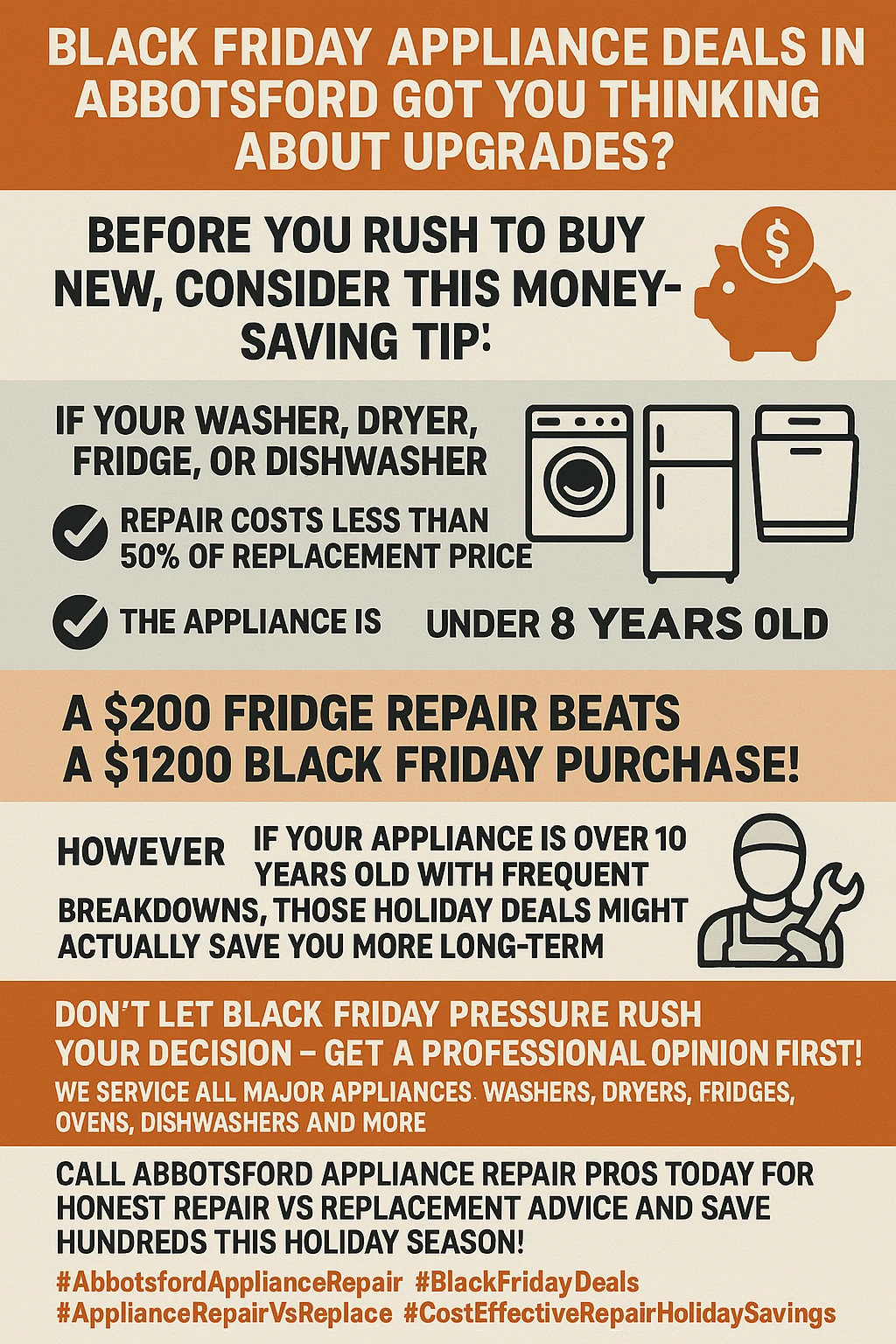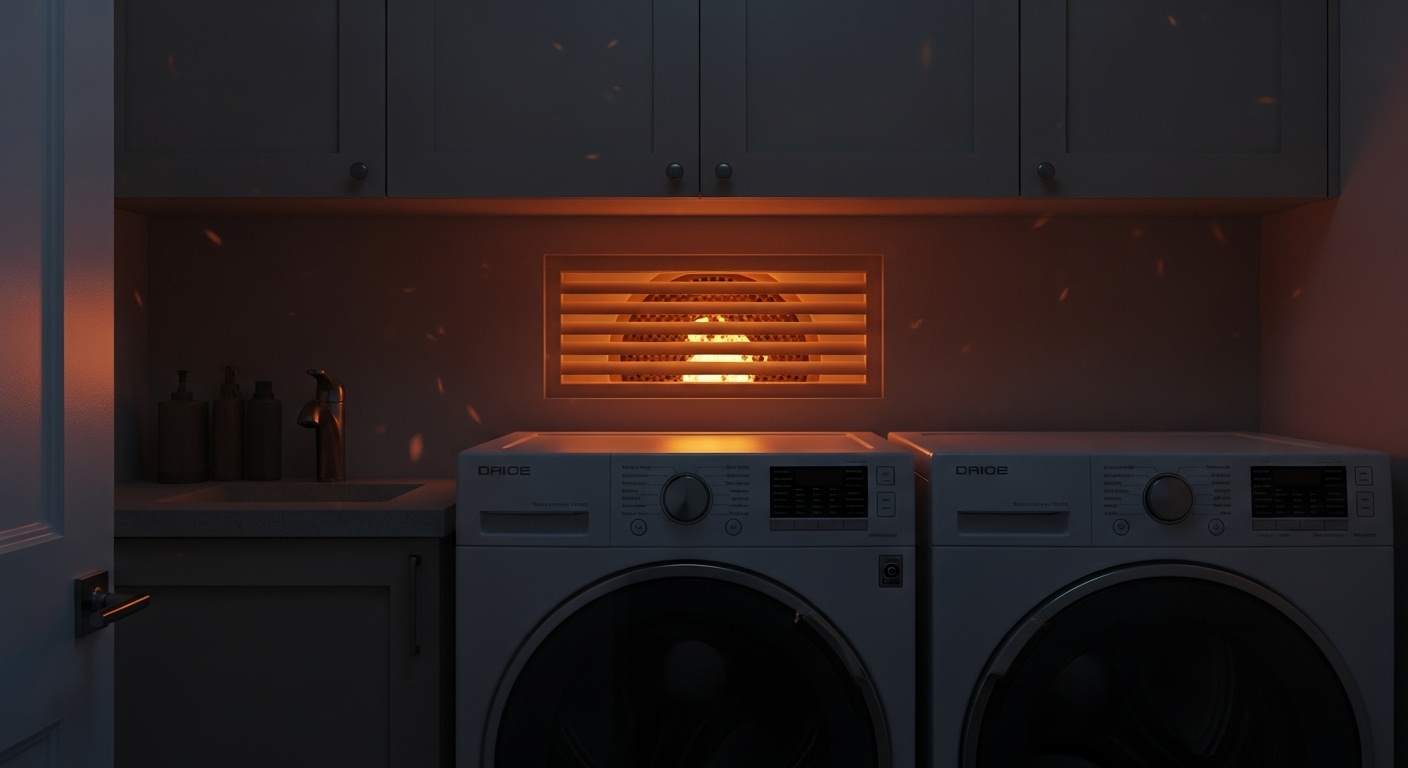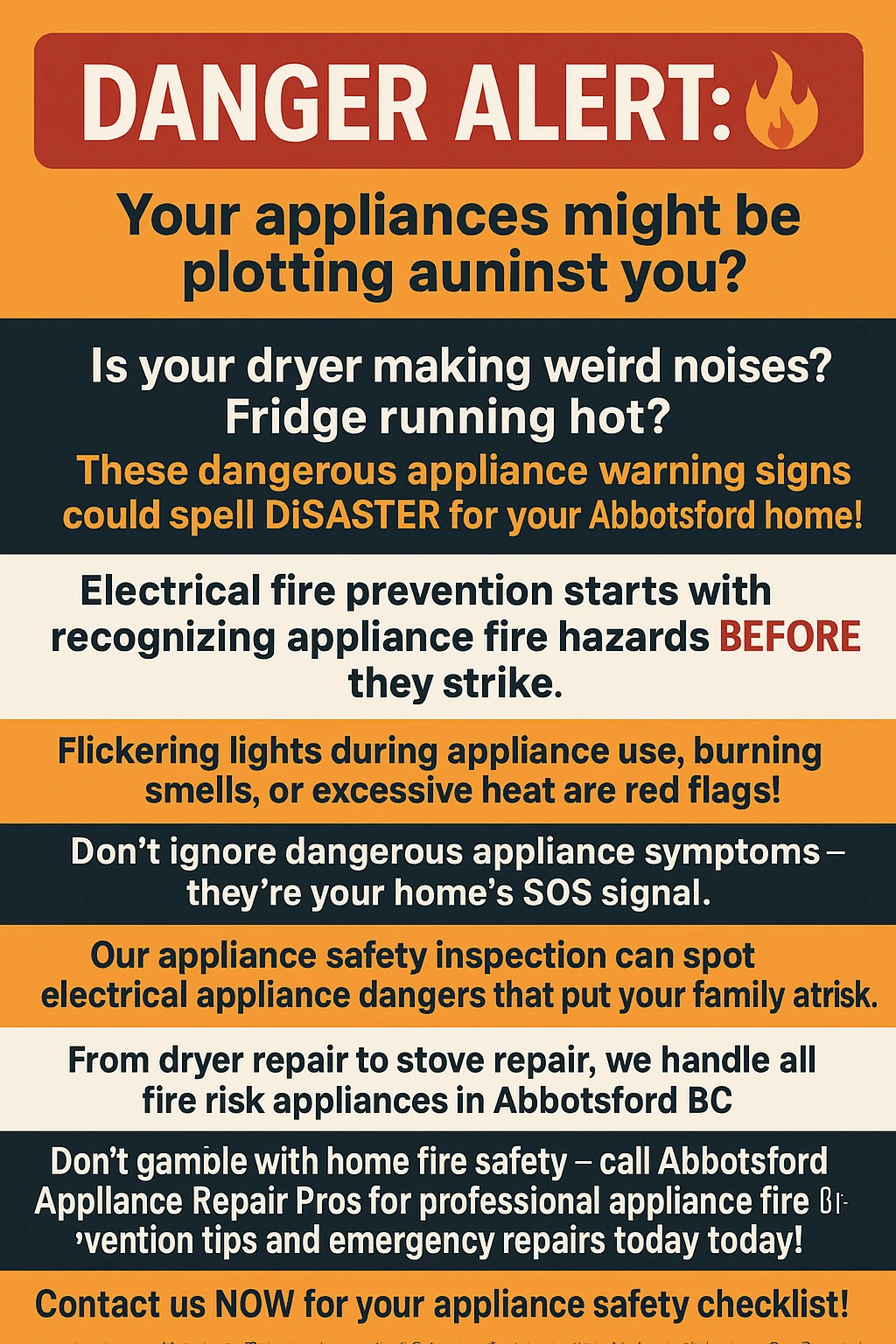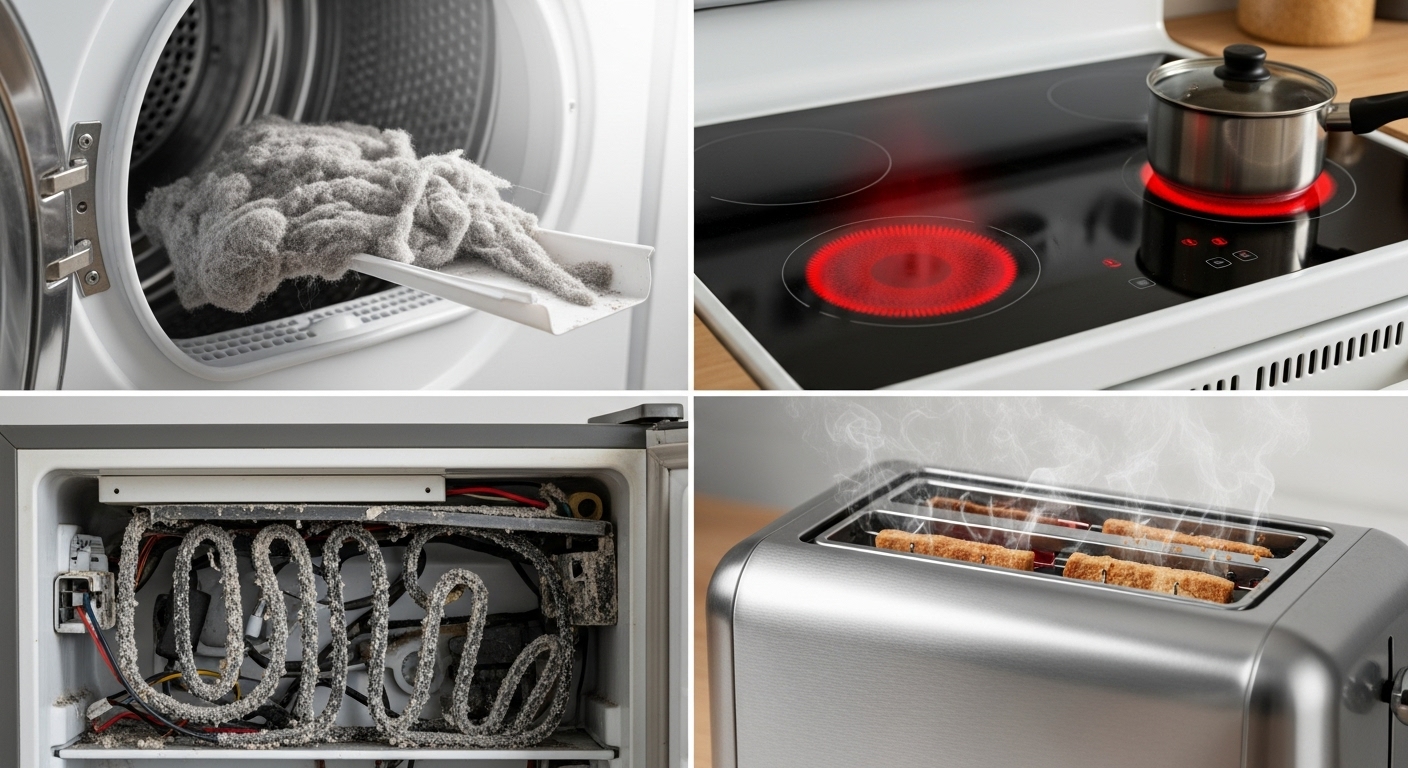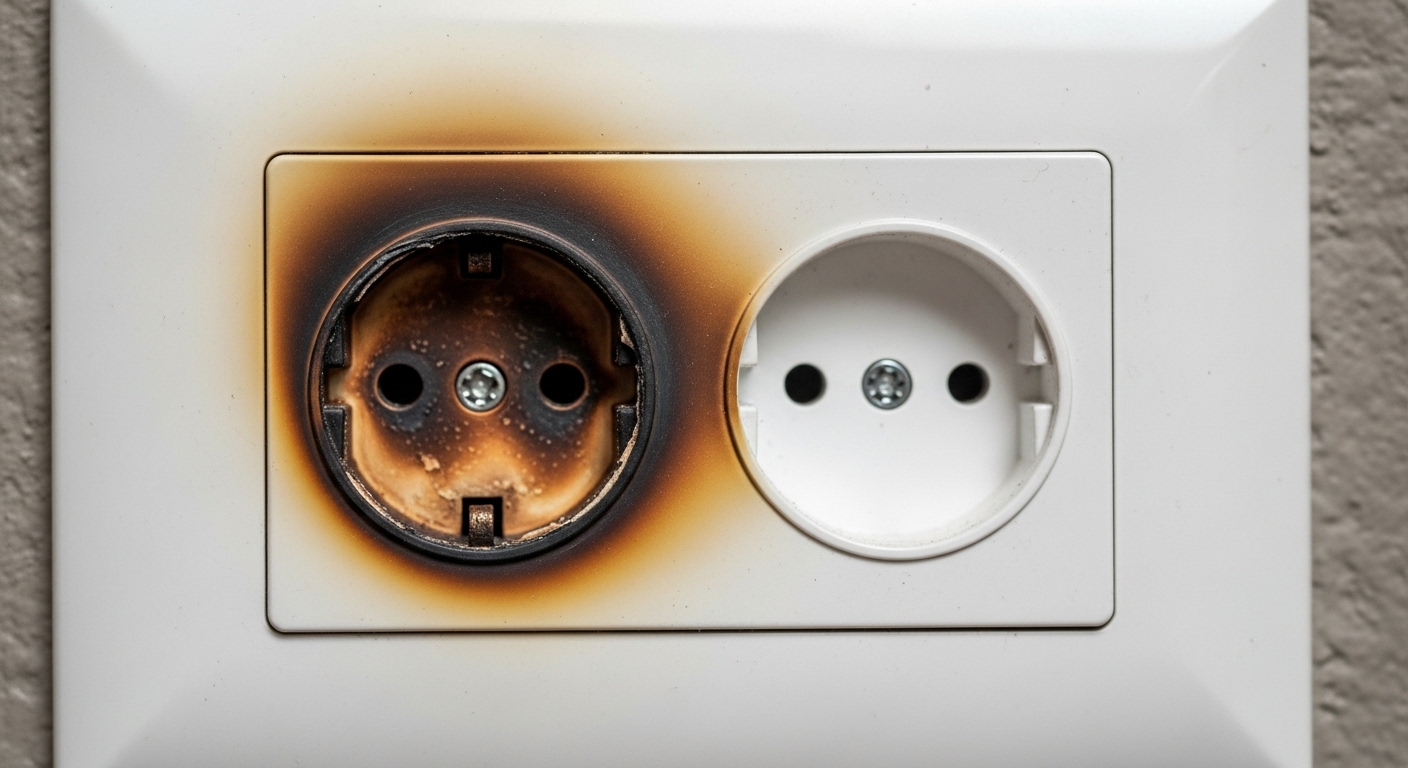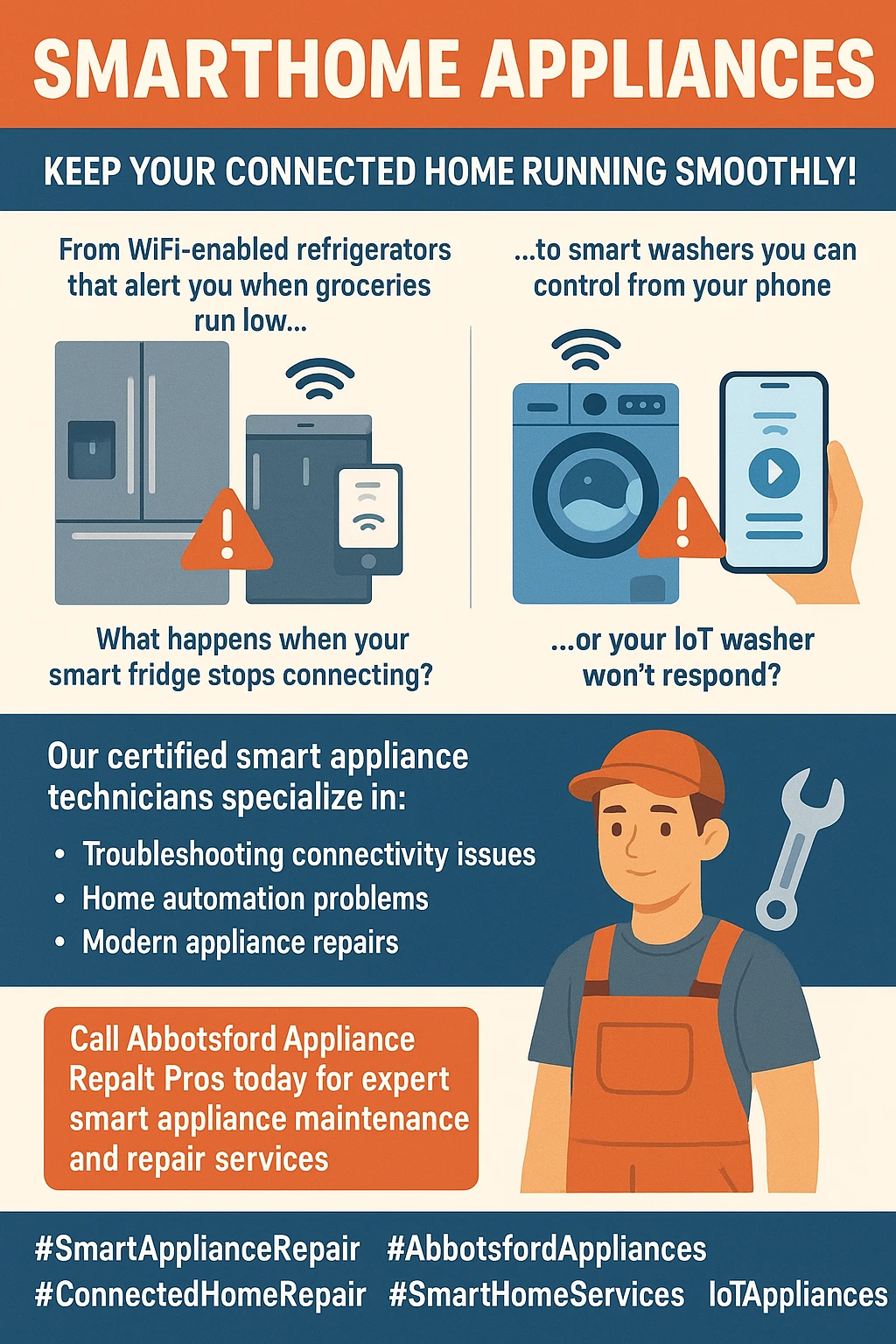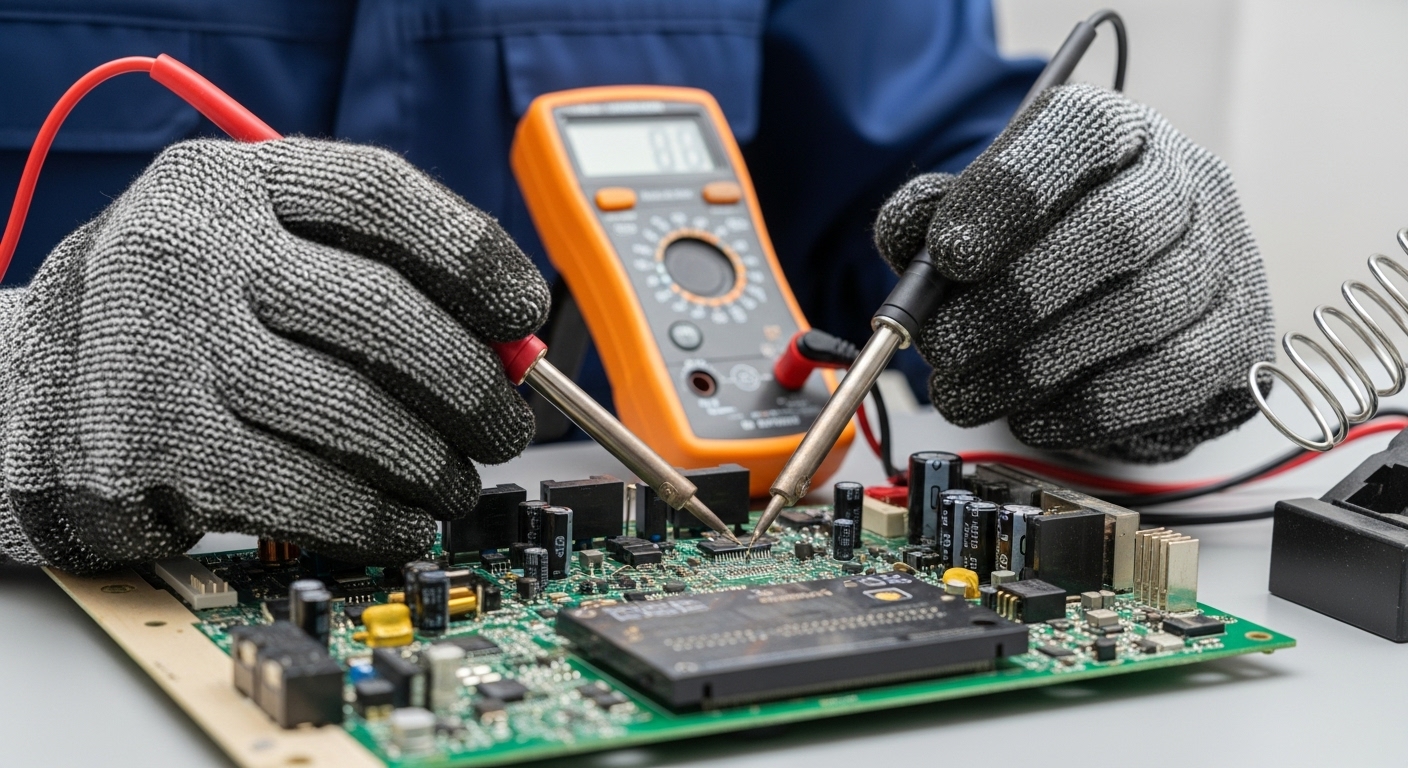Appliance Warranty vs. Repair Services: When Your Coverage Expires and How Abbotsford Homeowners Can Save Money
Dealing with an appliance breakdown right after your warranty expires? You’re not alone – thousands of Abbotsford homeowners face this frustrating scenario every year, wondering whether to pay for expensive manufacturer repairs, buy extended coverage, or find a local repair service that won’t break the bank.
Picture this: Your trusty dishwasher starts making that ominous grinding noise just two months after the one-year warranty expired. You call the manufacturer, only to discover they want $150 just to send someone out for a diagnosis, plus whatever the actual repair costs. Meanwhile, your neighbor swears by their local Abbotsford repair guy who charges half as much and shows up the same day. Sound familiar?
The truth is, most homeowners in the Fraser Valley are completely unprepared for the post-warranty reality of appliance ownership. With the average household running six to eight major appliances, the odds of something breaking down right after coverage expires are pretty much guaranteed. The good news? You have way more options than the appliance companies want you to know about, and some of them can save you hundreds of dollars while actually providing better service.
Understanding your options when warranty coverage ends isn’t just about fixing what’s broken today – it’s about developing a smart strategy that protects your household budget for years to come. Whether you’re dealing with a temperamental refrigerator, a washing machine that’s given up mid-cycle, or an oven that refuses to heat evenly, knowing the real costs and alternatives can mean the difference between a minor inconvenience and a major financial headache.
Key Outtakes:
- Most manufacturer warranties last only 12 months, leaving homeowners vulnerable to repair costs that often exceed $200-400 per incident
- Local Abbotsford repair services typically respond faster and cost 20-30% less than manufacturer-authorized networks while providing superior customer service
- The 50% rule helps determine when repair costs justify replacement: if repairs exceed half the cost of replacement and the appliance is beyond half its expected lifespan, buy new
- Extended warranties rarely provide value, with Consumer Reports data showing most cost more than they save over the appliance’s lifetime
- Alternative protection strategies like credit card extended warranties and seasonal maintenance planning offer Fraser Valley residents significant cost savings
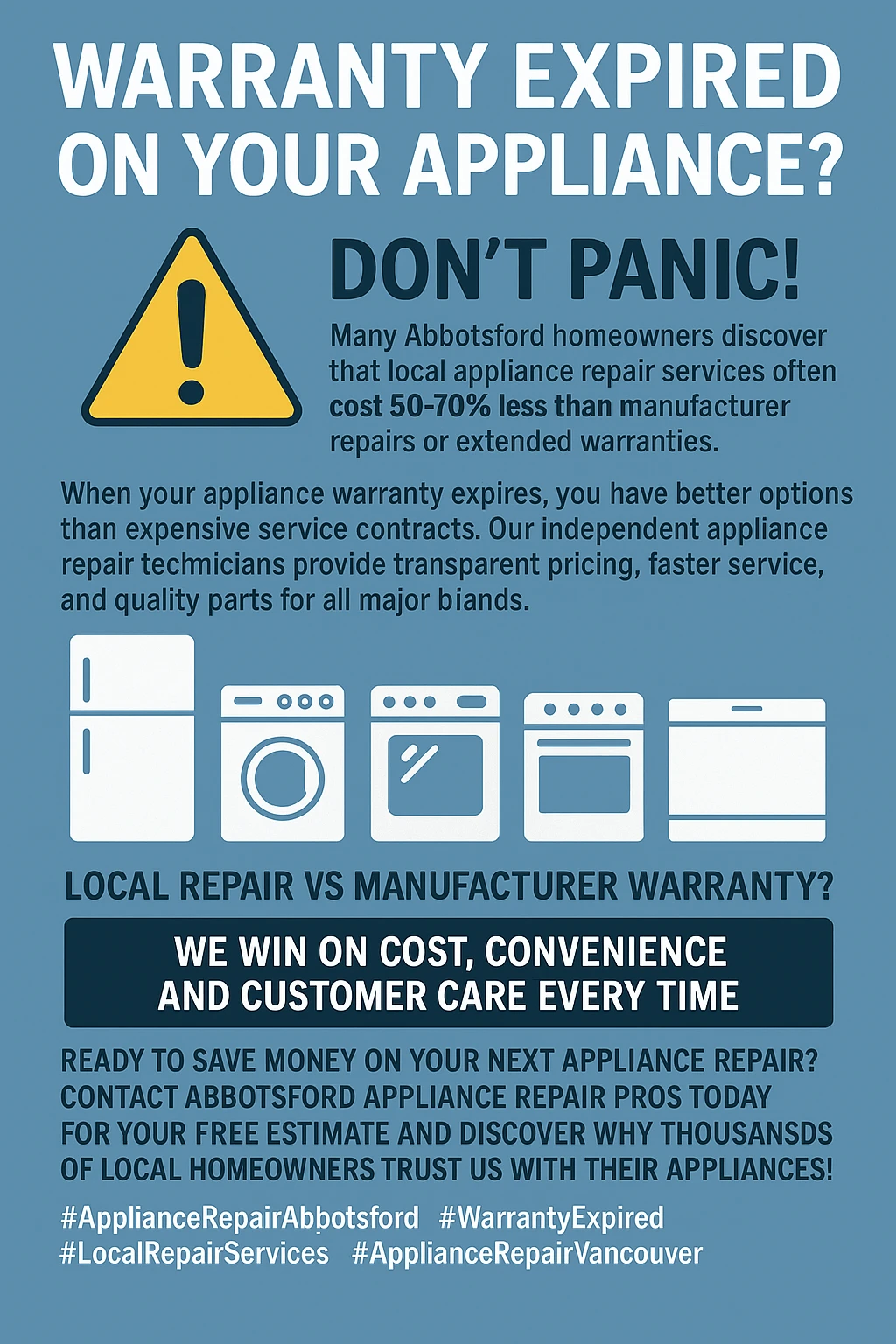
Understanding Appliance Warranty Coverage and What Happens When It Expires
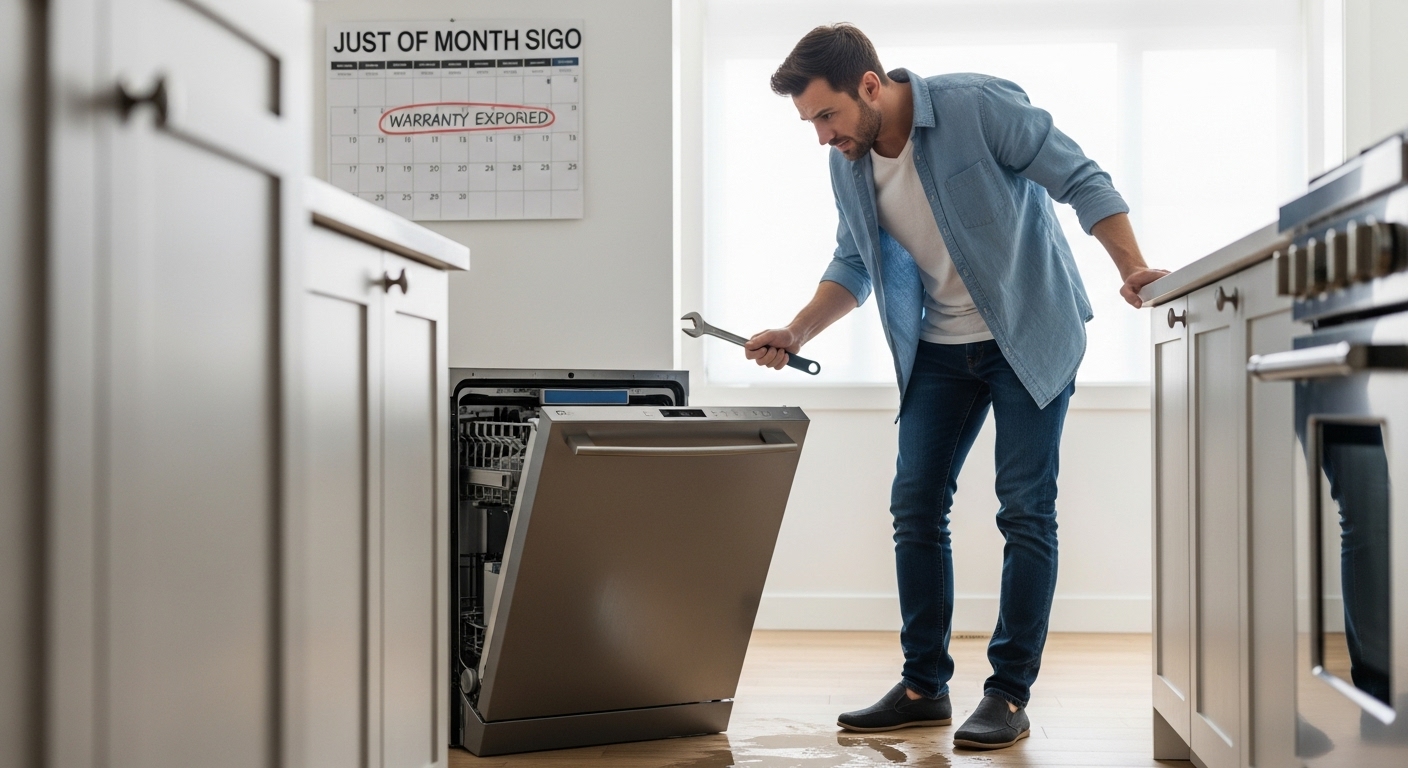
Most homeowners assume their appliance warranty provides comprehensive protection, but the reality is far more limited than you might expect. Standard manufacturer warranties typically cover just 12 months from purchase date and only protect against defects in materials or craftsmanship. This means normal wear and tear, improper installation, misuse, and even some types of power surge damage aren’t covered, even during the warranty period.
When that warranty clock runs out, you’re essentially on your own for any repairs or replacements. The manufacturers who seemed so eager to help during that first year suddenly become much less accessible, often routing you through third-party service networks that charge premium rates. What’s particularly frustrating is that many appliances seem to develop problems right around the 13-15 month mark, almost as if they’re designed to fail just outside warranty coverage.
The Fraser Valley’s unique climate conditions can actually accelerate this timeline. The region’s humidity fluctuations, from wet winters to dry summers, put extra stress on appliances like refrigerators and dryers. Combined with the area’s hard water in some neighborhoods, appliances often show wear patterns earlier than national averages suggest. This means Abbotsford homeowners might face repair decisions sooner than expected, making post-warranty planning even more critical.
Understanding what your original warranty actually covered helps set realistic expectations for what you’ll need to handle yourself. Most standard warranties exclude cosmetic damage, problems caused by power outages or surges, issues from pest damage, and failures related to normal aging of components. They also typically void coverage if anyone other than an authorized technician has worked on the appliance, which can create expensive surprises for DIY enthusiasts.
The warranty expiration process itself is often invisible to homeowners until something goes wrong. Unlike car warranties that dealerships actively track and remind you about, appliance warranties simply end with no notification. Many people don’t even realize their coverage has lapsed until they’re facing a repair bill and discover they’re no longer eligible for free manufacturer service.
The Real Cost of Post-Warranty Repairs in Abbotsford

Once your warranty expires, the true cost of appliance ownership becomes clear, and it’s often more expensive than homeowners anticipate. In the Fraser Valley region, diagnostic fees alone typically start around $139, regardless of whether you proceed with repairs. This upfront cost can be particularly frustrating when the problem turns out to be something simple that doesn’t require professional service, but you’re still charged for the technician’s time and expertise.
Labor rates for appliance repair in Abbotsford vary significantly depending on the company and complexity of the work. Standard repairs typically run $50-100 per hour, but master technicians working on high-end or specialized appliances can charge up to $200 per hour. When you factor in parts costs, which can range from $50 for common components to $500 or more for specialized parts on older appliances, total repair bills often surprise homeowners with their magnitude.
Emergency and after-hours service commands premium pricing throughout the Fraser Valley. Weekend or holiday repairs can cost $140-400 just for the service call, before any actual work begins. This seasonal pricing reality becomes particularly relevant during winter months, when heating appliances, dryers, and refrigerators face increased demands that can trigger failures during the worst possible times for homeowners’ schedules and budgets.
The parts availability issue adds another layer of cost complexity in the Abbotsford market. While common components for popular brands are usually in stock with local repair companies, specialized or older parts might require special ordering. This can extend repair timelines and sometimes result in multiple service calls, each carrying its own diagnostic and labor charges. Some repair companies absorb these additional costs, while others pass them directly to customers.
Comparing manufacturer-authorized repair costs to independent local services reveals significant disparities. Manufacturer networks often charge standardized rates that don’t reflect local market conditions, while independent services can offer more competitive pricing. However, using non-authorized service during any remaining warranty period will void coverage, creating a timing dilemma for homeowners whose appliances fail near warranty expiration dates.
Extended Warranties vs. Independent Repair Services
The extended warranty industry has built its business model around homeowners’ fear of expensive post-warranty repairs, but the math rarely works in consumers’ favor. Consumer Reports analysis shows that extended warranties for large appliances cost an average of $126, while the additional cost to repair the same appliances without service plans averages just $26 more over the appliance’s lifetime. This means most homeowners would save money by skipping extended warranties and paying for repairs as needed.
Extended warranty satisfaction rates tell an equally concerning story. About one in five consumers who use extended warranty coverage report dissatisfaction with the repair process, citing long wait times, multiple repair attempts, and poor communication from service providers. The warranty companies often use the cheapest available repair networks, which may not provide the same quality of service that homeowners expect from their original purchase experience.
Independent repair services in Abbotsford offer a compelling alternative to both manufacturer warranties and extended service plans. Local companies typically respond faster to service calls, often providing same-day or next-day appointments compared to the week-long waits common with warranty services. This responsiveness becomes crucial when you’re dealing with essential appliances like refrigerators or washing machines that affect daily household operations.
The accountability factor significantly favors local independent services over remote warranty providers. When you work with an Abbotsford-based repair company, you’re dealing with businesses that depend on local reputation and repeat customers. They can’t hide behind corporate policies or blame distant service networks when something goes wrong. This creates natural incentives for quality work and customer satisfaction that warranty services often lack.
Cost transparency represents another advantage of independent services over extended warranties. Local repair companies typically provide upfront pricing and clear explanations of what work is needed, while warranty services may have hidden fees, deductibles, or coverage limitations that aren’t apparent until you need service. Many Abbotsford residents find that building relationships with trusted local repair professionals provides better long-term value than pre-paid service contracts.

Repair vs. Replace: Making Smart Decisions for Abbotsford Homeowners
The decision to repair or replace a broken appliance requires

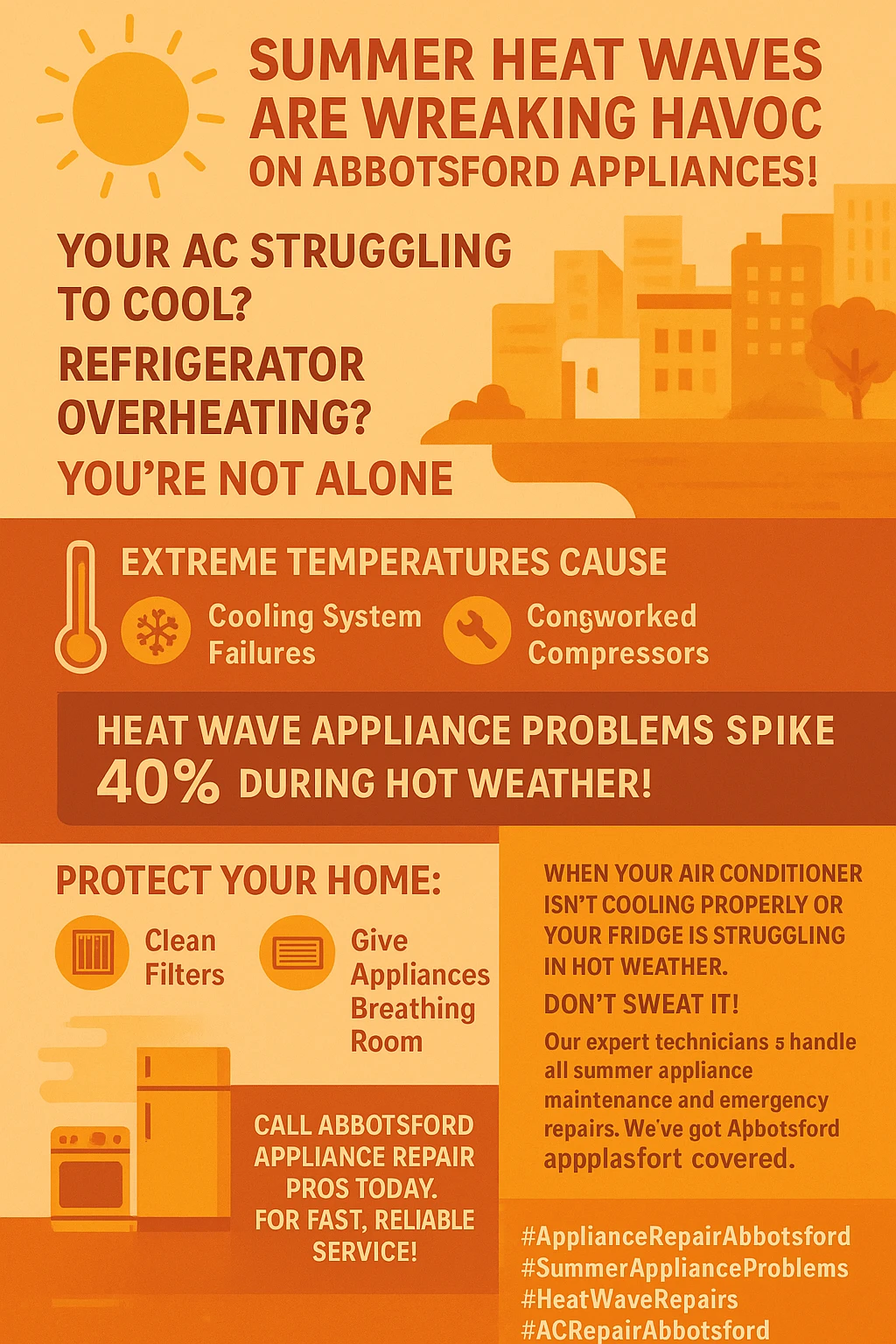

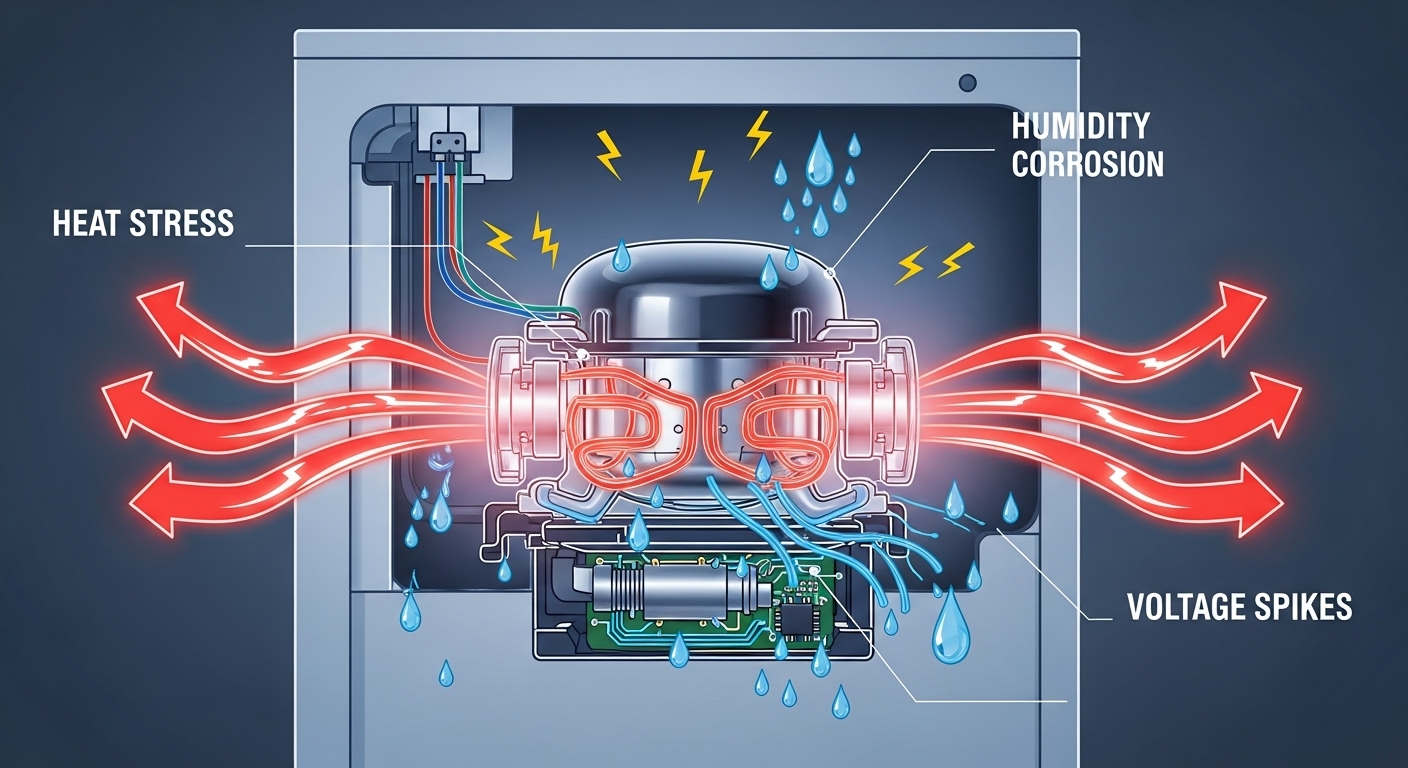
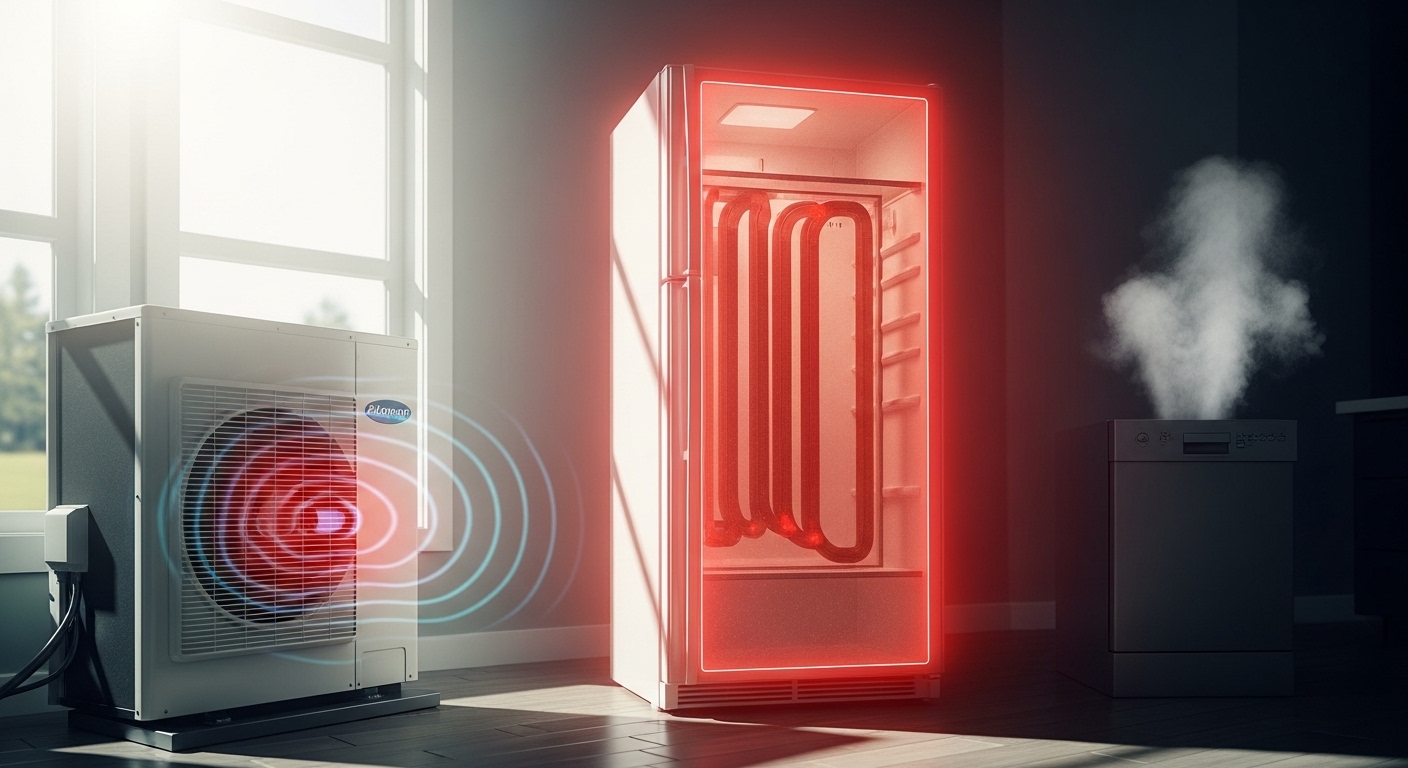
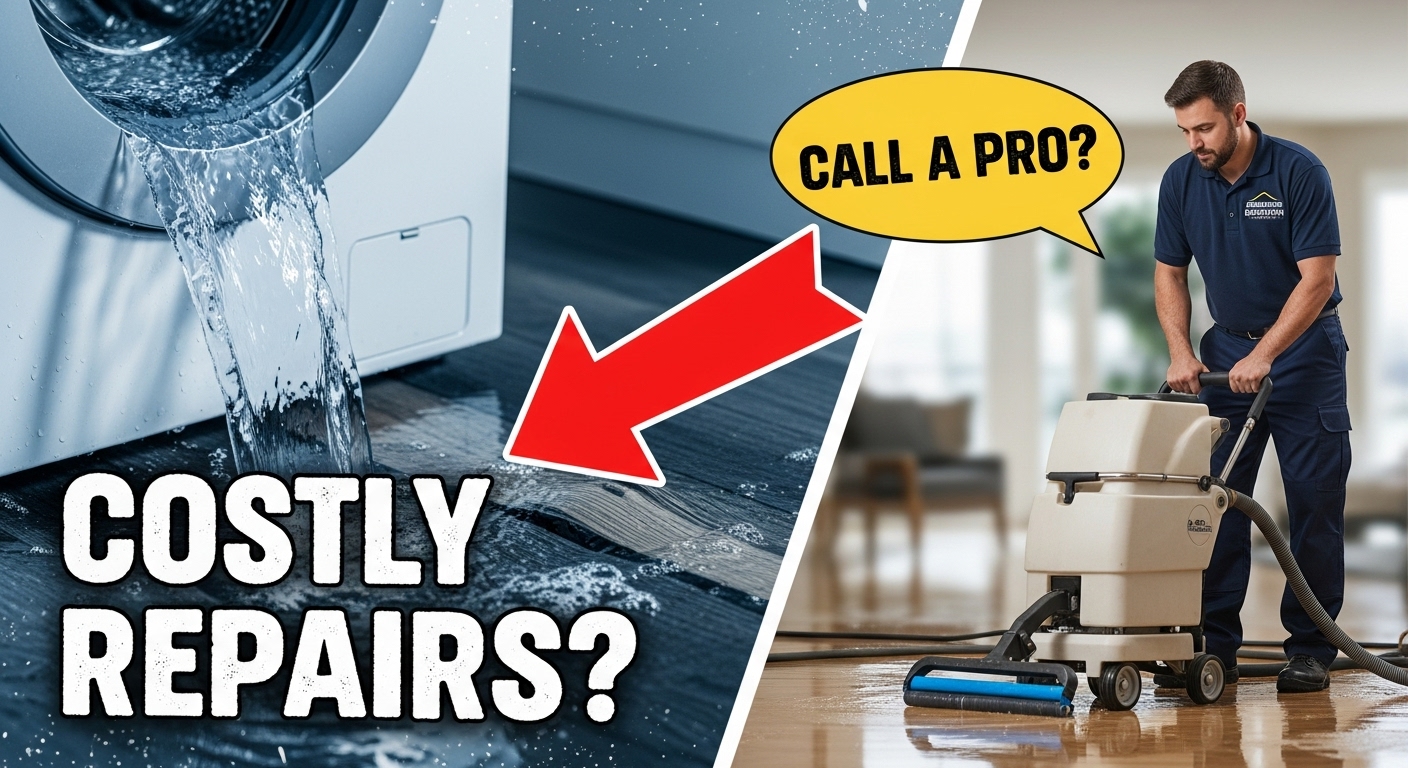
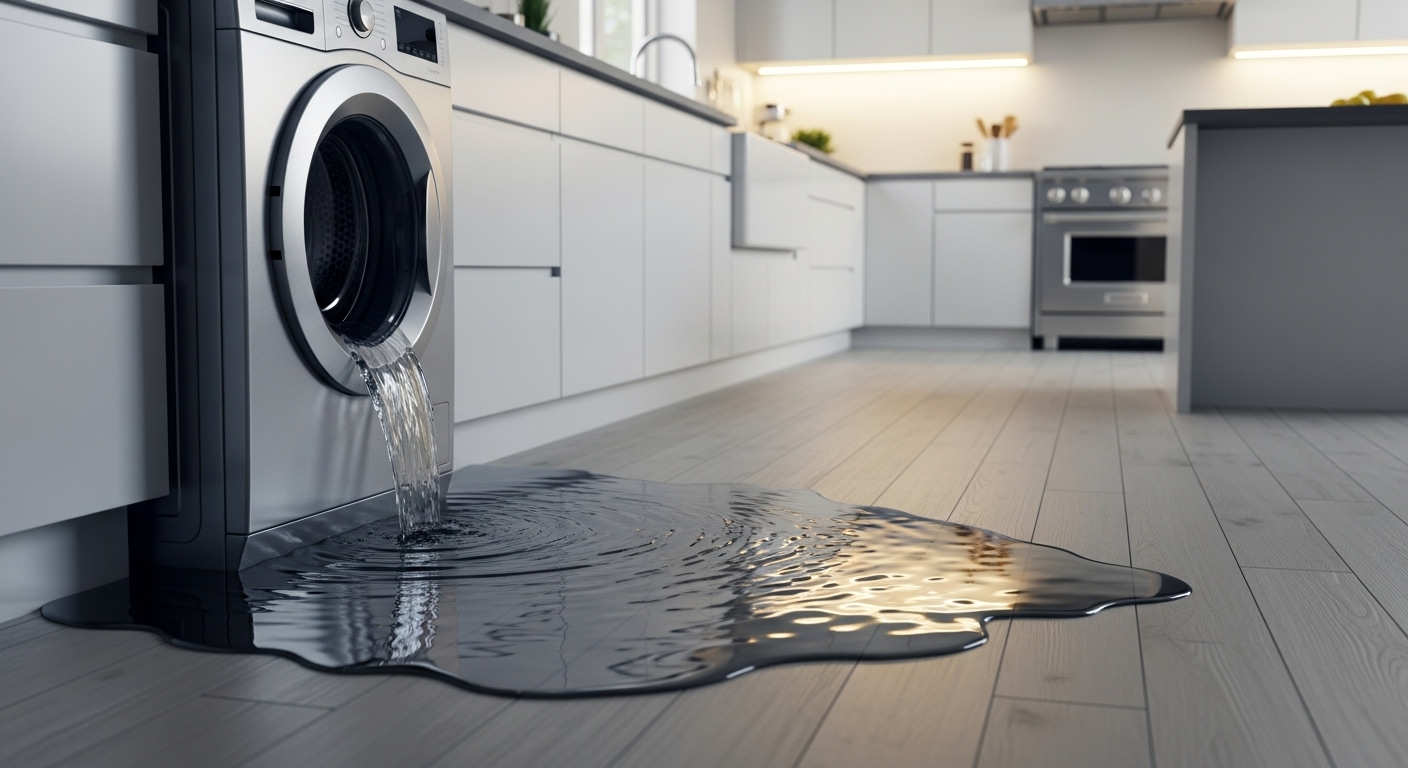 Professional restoration services across the Abbotsford area have documented increasing frequency of appliance-related water damage incidents, particularly during seasonal transitions when temperature fluctuations stress appliance connections and seals. The combination of Vancouver’s coastal moisture and indoor heating creates conditions that accelerate wear on appliance components, making proactive maintenance and early detection systems essential for property protection. Homeowners who implement comprehensive prevention strategies and maintain relationships with qualified professionals can significantly reduce both the likelihood and impact of water damage events.
Professional restoration services across the Abbotsford area have documented increasing frequency of appliance-related water damage incidents, particularly during seasonal transitions when temperature fluctuations stress appliance connections and seals. The combination of Vancouver’s coastal moisture and indoor heating creates conditions that accelerate wear on appliance components, making proactive maintenance and early detection systems essential for property protection. Homeowners who implement comprehensive prevention strategies and maintain relationships with qualified professionals can significantly reduce both the likelihood and impact of water damage events. 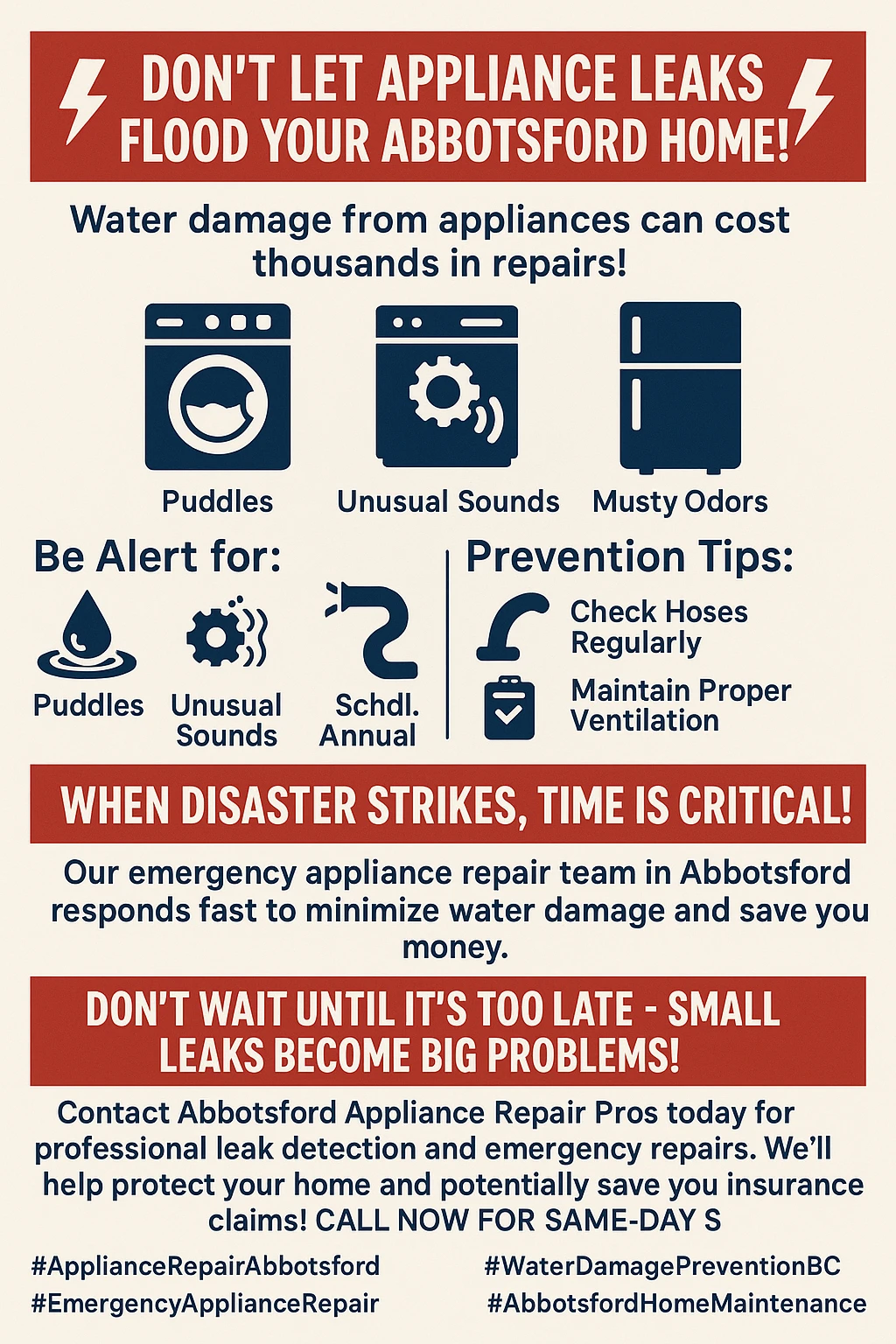
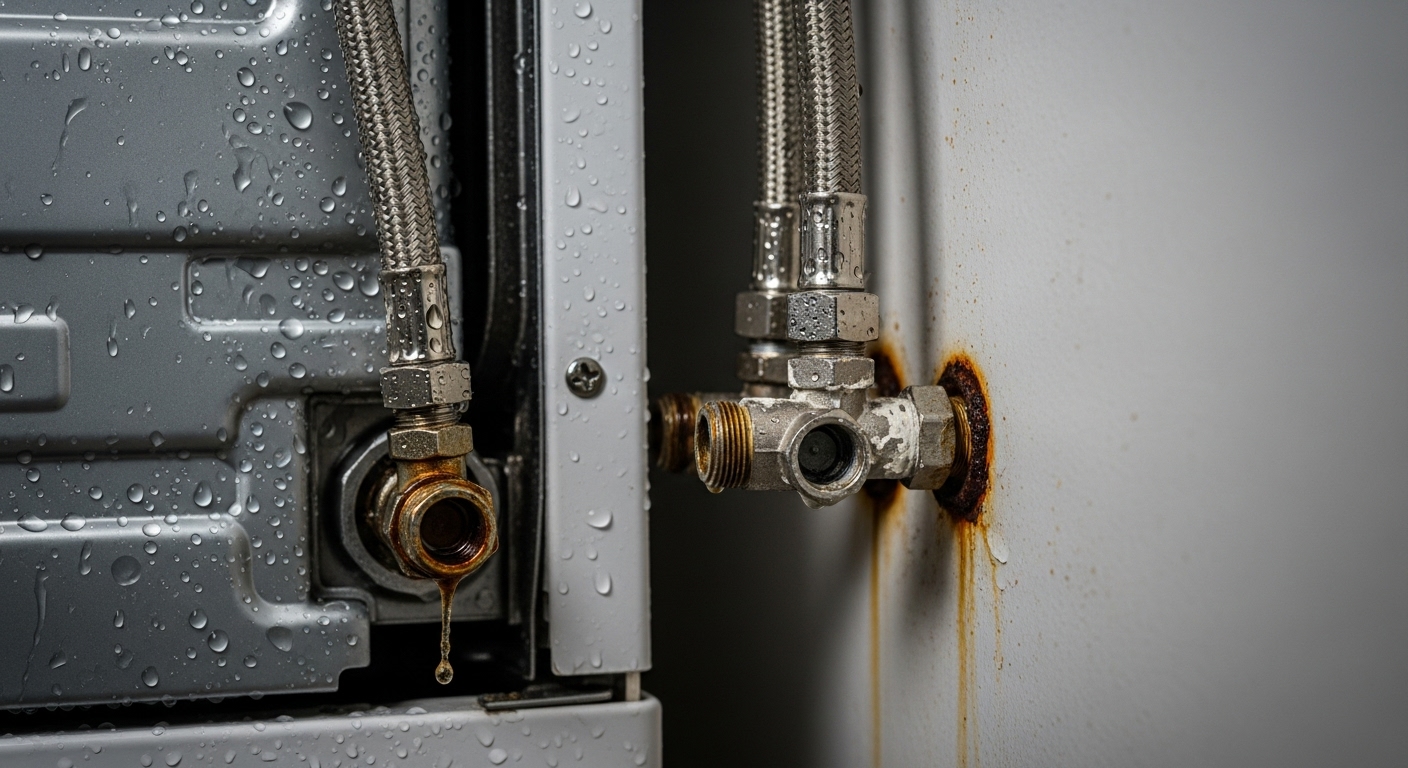

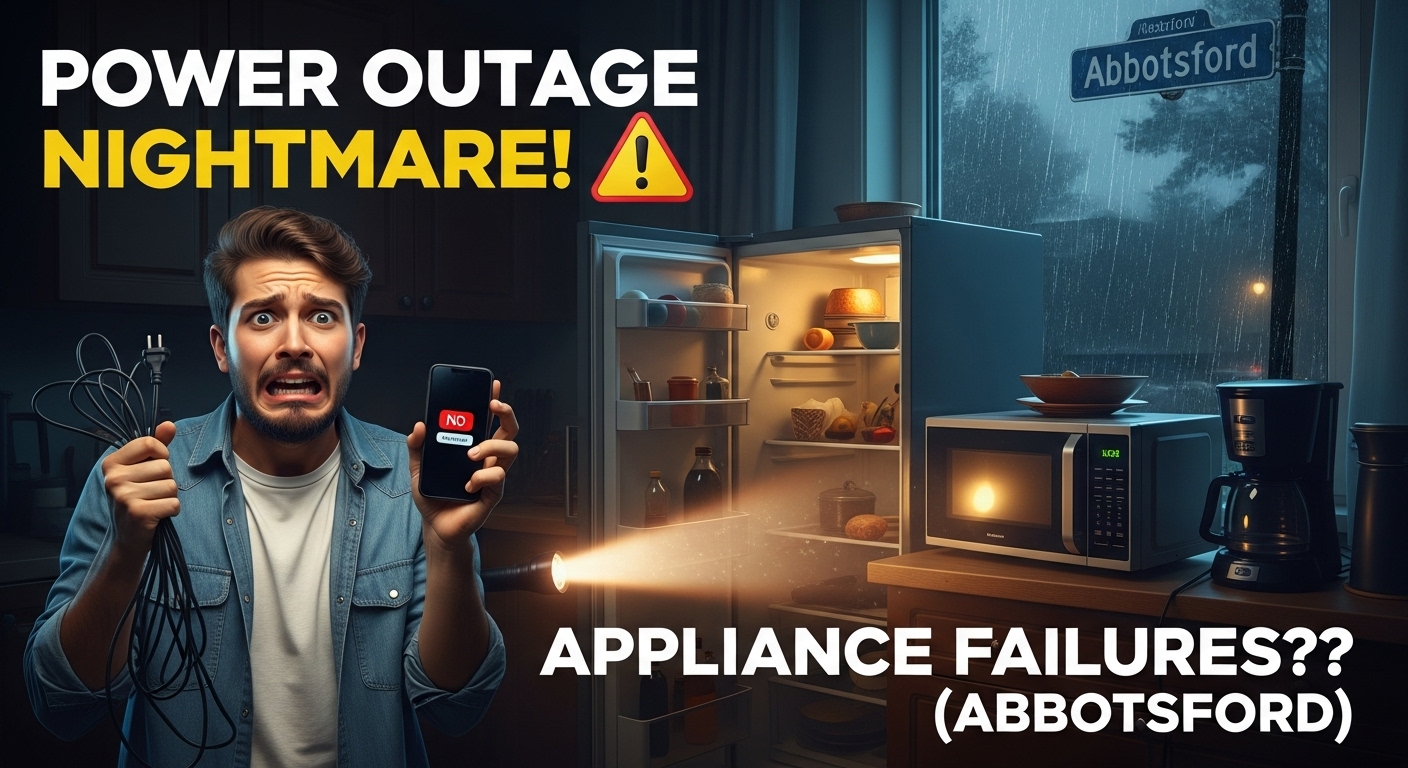
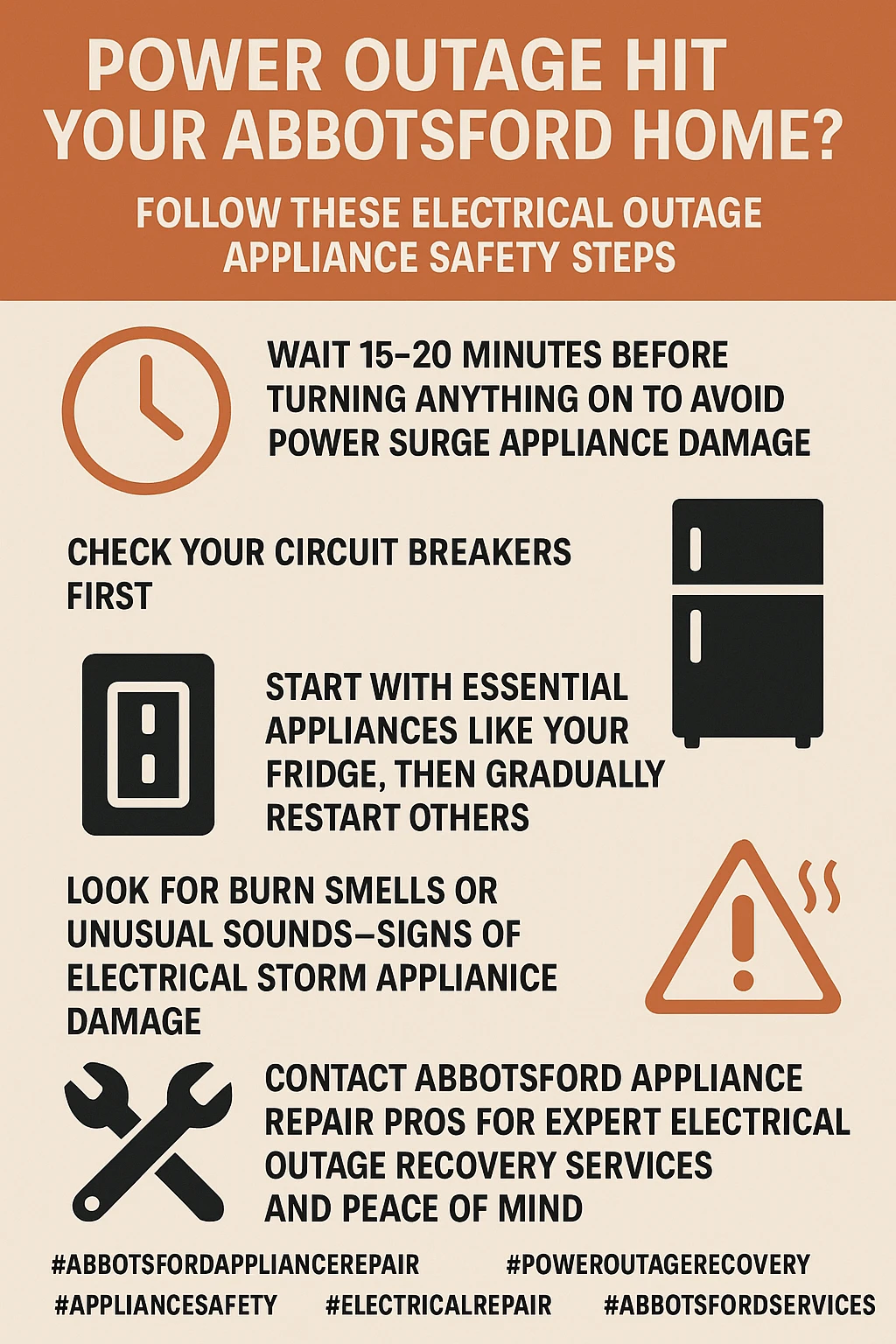
 When the lights go out in your Abbotsford home, your first instinct might be to grab a flashlight and wait it out. However, those crucial first moments determine whether your appliances emerge unscathed or become expensive repair projects. Power outages don’t just interrupt your daily routine – they create a cascade of electrical stress that can damage sensitive components throughout your home. Understanding these risks helps you take the right protective steps before problems escalate.The moment your power cuts out, every appliance in your home enters a vulnerable state. Electronics with memory functions lose their settings, heating and cooling systems stop mid-cycle, and refrigeration equipment begins warming up. But here’s the kicker – it’s not the outage itself that typically causes the most damage. According to safety experts, the real danger comes when power returns, often accompanied by voltage surges that can overwhelm delicate circuitry.Modern appliances contain sophisticated electronic controls that weren’t designed to handle the electrical chaos that accompanies power restoration. These systems expect clean, stable electricity, not the erratic voltage swings common during grid recovery. When utilities flip the switch back on, that initial surge can fry circuit boards, damage motors, and leave you with appliances that either don’t work at all or operate erratically. Smart homeowners in the Fraser Valley have learned that a few preventive steps during an outage can save thousands in repair costs later.
When the lights go out in your Abbotsford home, your first instinct might be to grab a flashlight and wait it out. However, those crucial first moments determine whether your appliances emerge unscathed or become expensive repair projects. Power outages don’t just interrupt your daily routine – they create a cascade of electrical stress that can damage sensitive components throughout your home. Understanding these risks helps you take the right protective steps before problems escalate.The moment your power cuts out, every appliance in your home enters a vulnerable state. Electronics with memory functions lose their settings, heating and cooling systems stop mid-cycle, and refrigeration equipment begins warming up. But here’s the kicker – it’s not the outage itself that typically causes the most damage. According to safety experts, the real danger comes when power returns, often accompanied by voltage surges that can overwhelm delicate circuitry.Modern appliances contain sophisticated electronic controls that weren’t designed to handle the electrical chaos that accompanies power restoration. These systems expect clean, stable electricity, not the erratic voltage swings common during grid recovery. When utilities flip the switch back on, that initial surge can fry circuit boards, damage motors, and leave you with appliances that either don’t work at all or operate erratically. Smart homeowners in the Fraser Valley have learned that a few preventive steps during an outage can save thousands in repair costs later.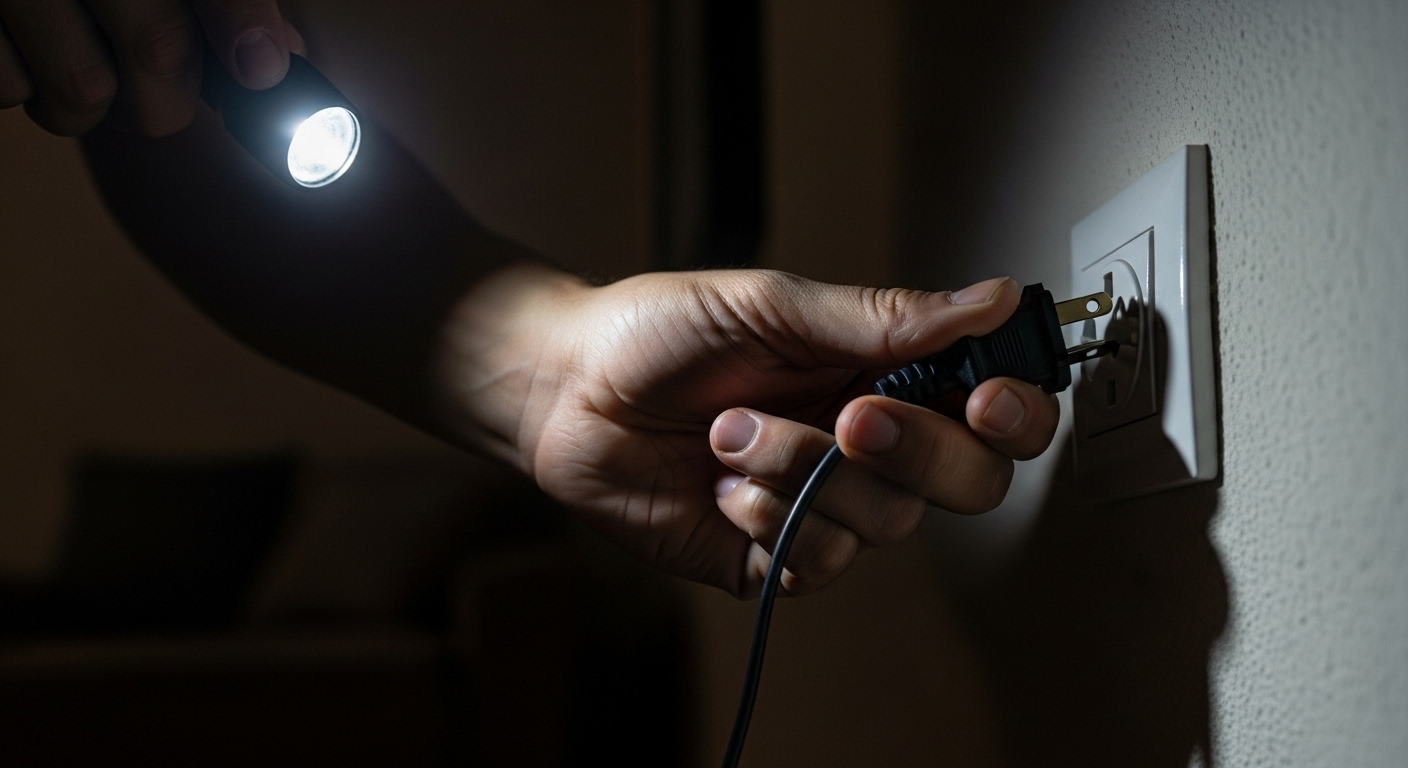 The first few minutes after your power goes out set the stage for how successfully your appliances will recover. Think of this period as your window of opportunity to minimize potential damage and protect your most valuable equipment. Quick, decisive action during these moments can mean the difference between a minor inconvenience and a major appliance replacement project. Your priority should be immediately unplugging sensitive electronics throughout your home. Televisions, computers, microwaves, gaming consoles, and any device with digital displays need to be disconnected from power sources. As recommended by electrical safety experts,
The first few minutes after your power goes out set the stage for how successfully your appliances will recover. Think of this period as your window of opportunity to minimize potential damage and protect your most valuable equipment. Quick, decisive action during these moments can mean the difference between a minor inconvenience and a major appliance replacement project. Your priority should be immediately unplugging sensitive electronics throughout your home. Televisions, computers, microwaves, gaming consoles, and any device with digital displays need to be disconnected from power sources. As recommended by electrical safety experts, 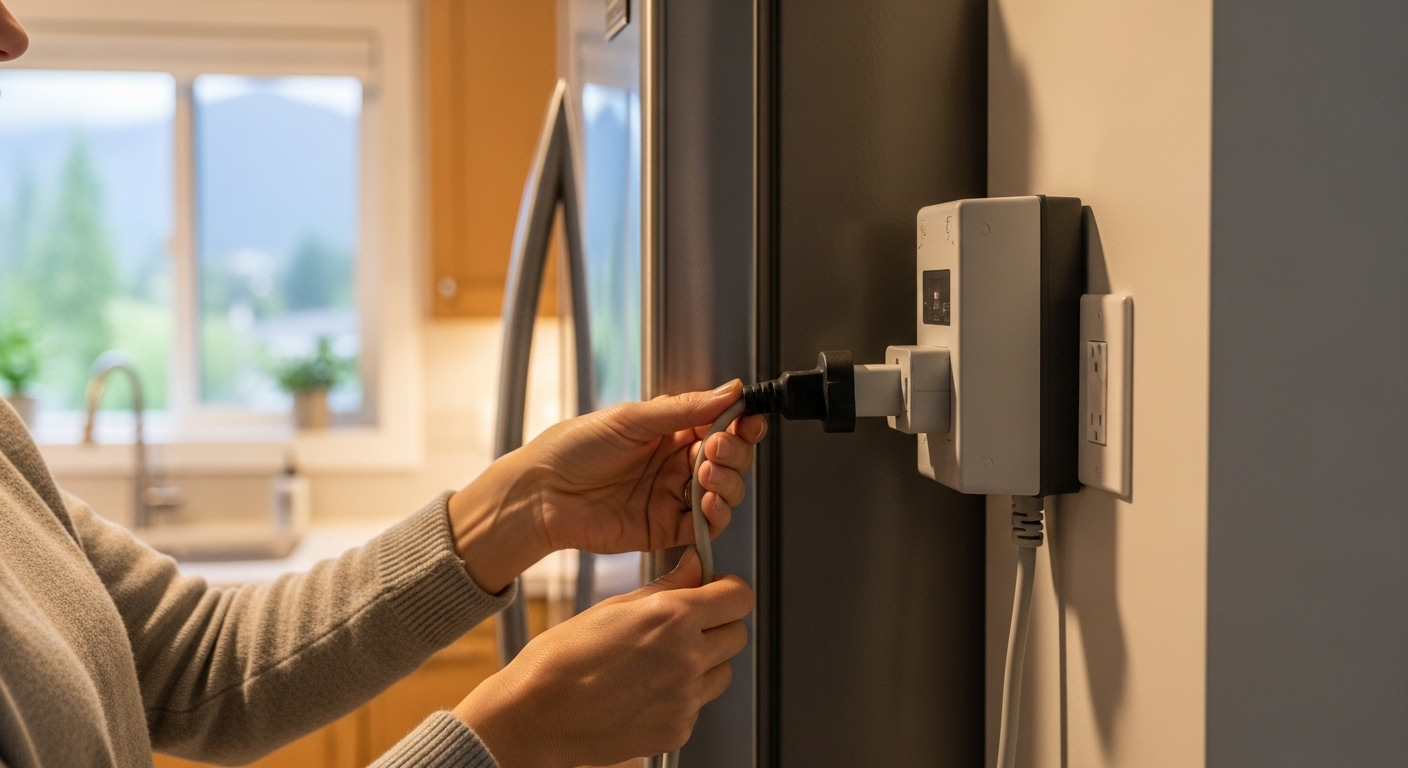 When those lights finally flicker back on, resist the urge to immediately plug everything back in and return to normal. This critical transition period requires patience and a methodical approach that protects your appliances from the voltage instabilities common during power restoration. Many homeowners make the mistake of treating power restoration like everything’s instantly back to normal, but electrical systems need time to stabilize after major disruptions. The most important rule for appliance recovery involves waiting before reconnecting devices. Electrical safety guidelines consistently emphasize this waiting period because
When those lights finally flicker back on, resist the urge to immediately plug everything back in and return to normal. This critical transition period requires patience and a methodical approach that protects your appliances from the voltage instabilities common during power restoration. Many homeowners make the mistake of treating power restoration like everything’s instantly back to normal, but electrical systems need time to stabilize after major disruptions. The most important rule for appliance recovery involves waiting before reconnecting devices. Electrical safety guidelines consistently emphasize this waiting period because 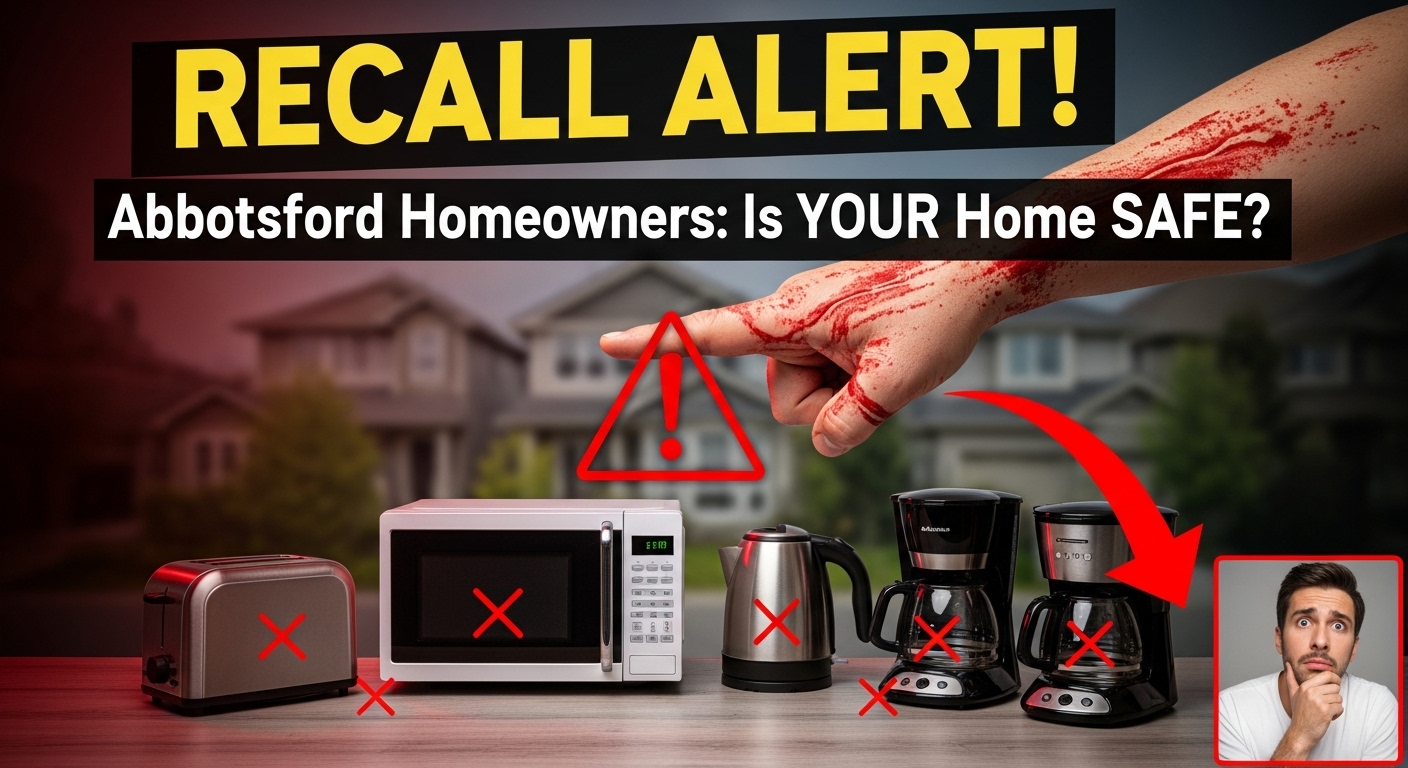
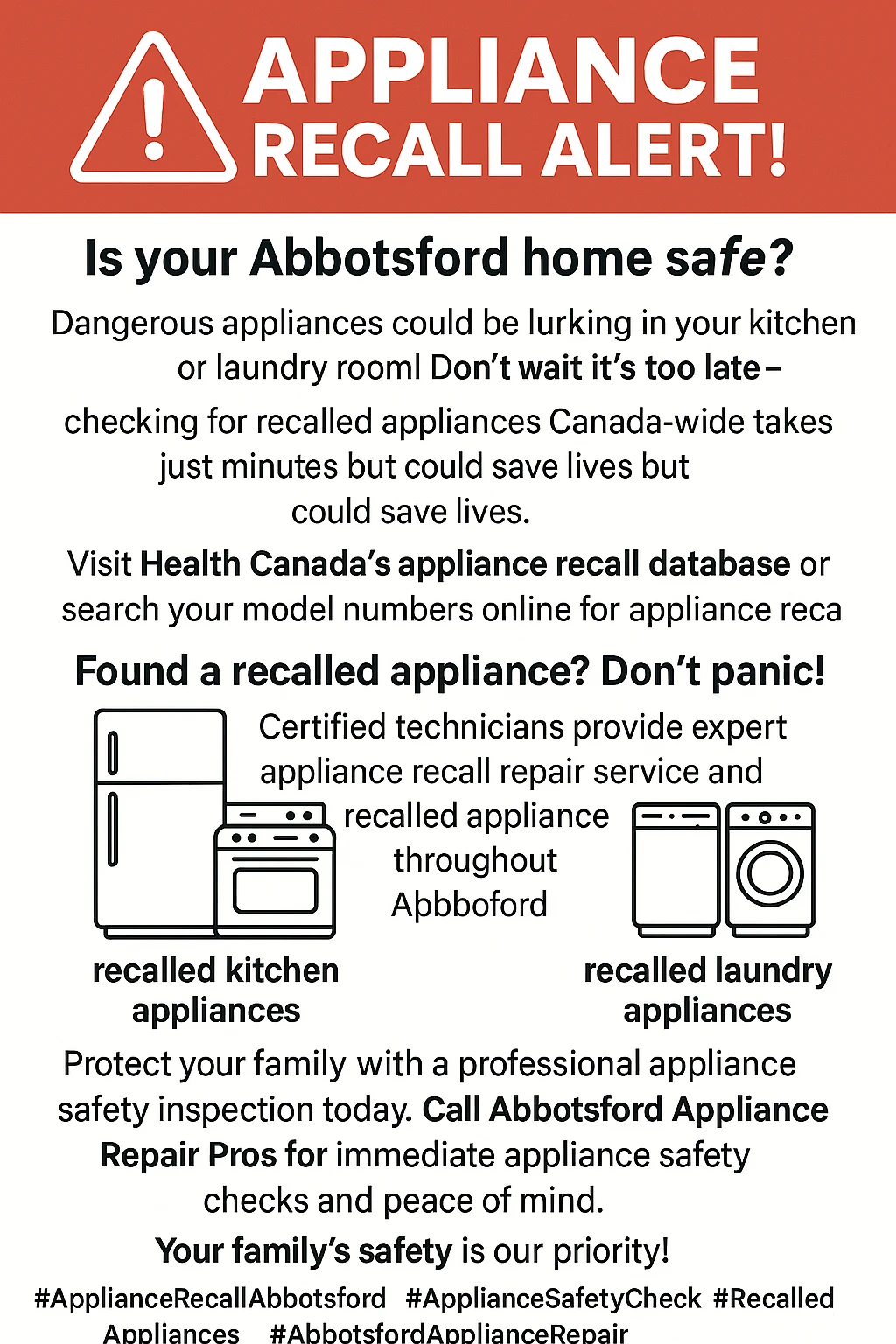
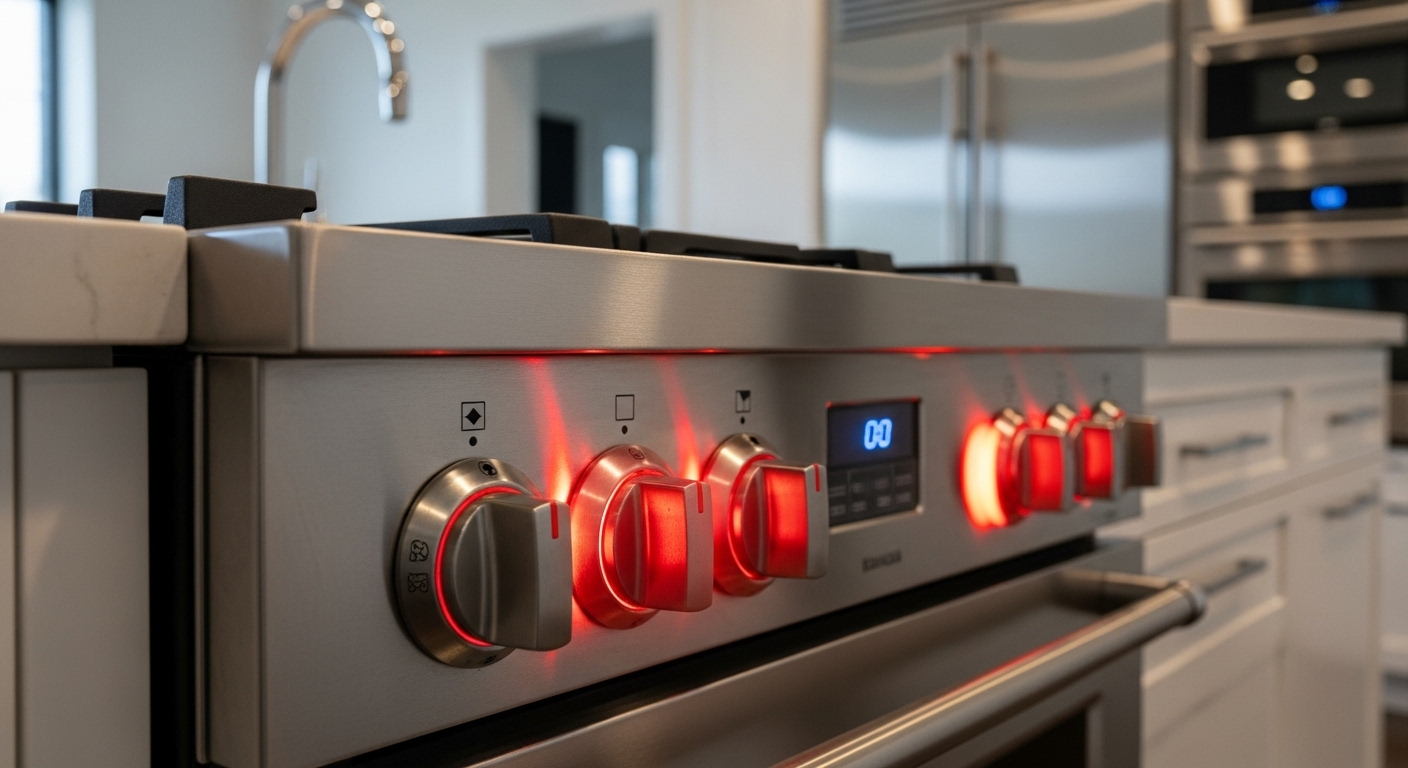

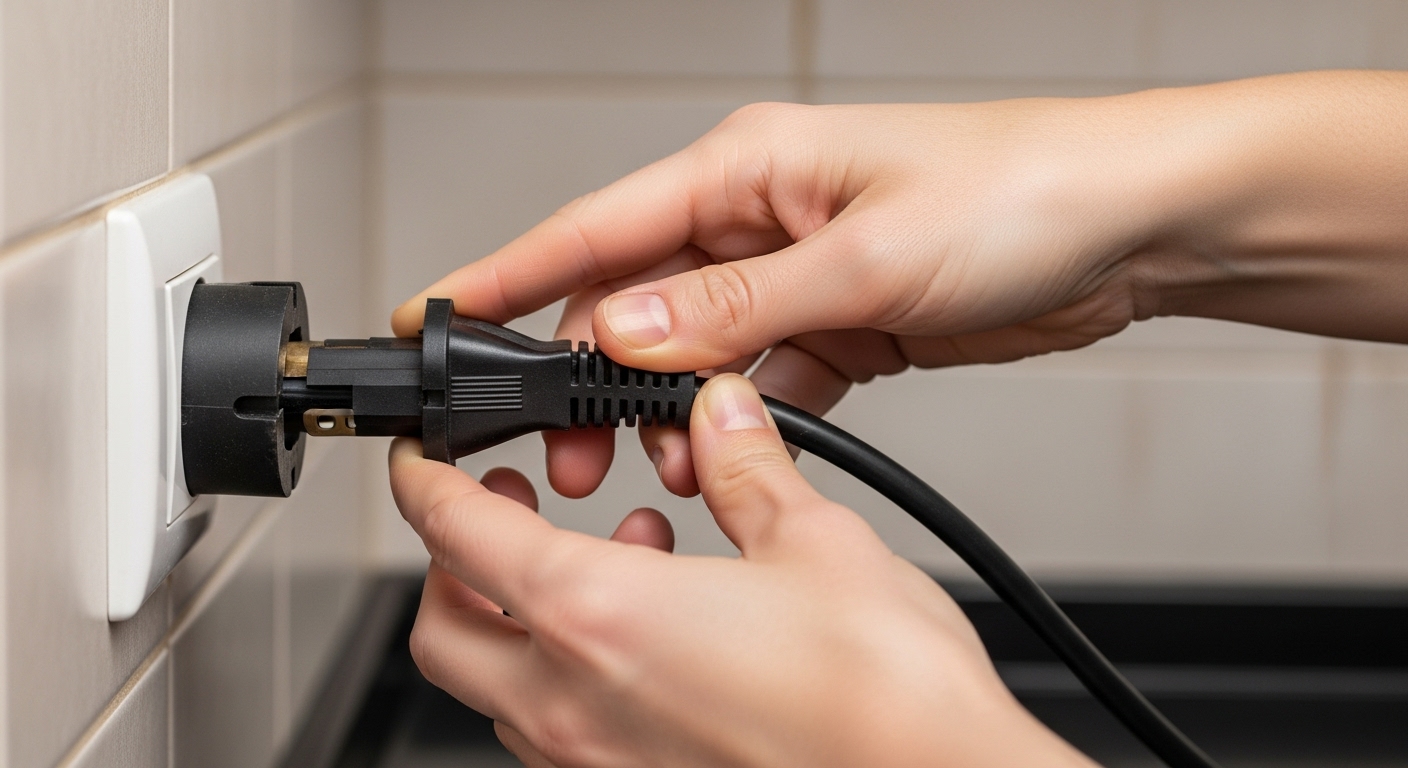

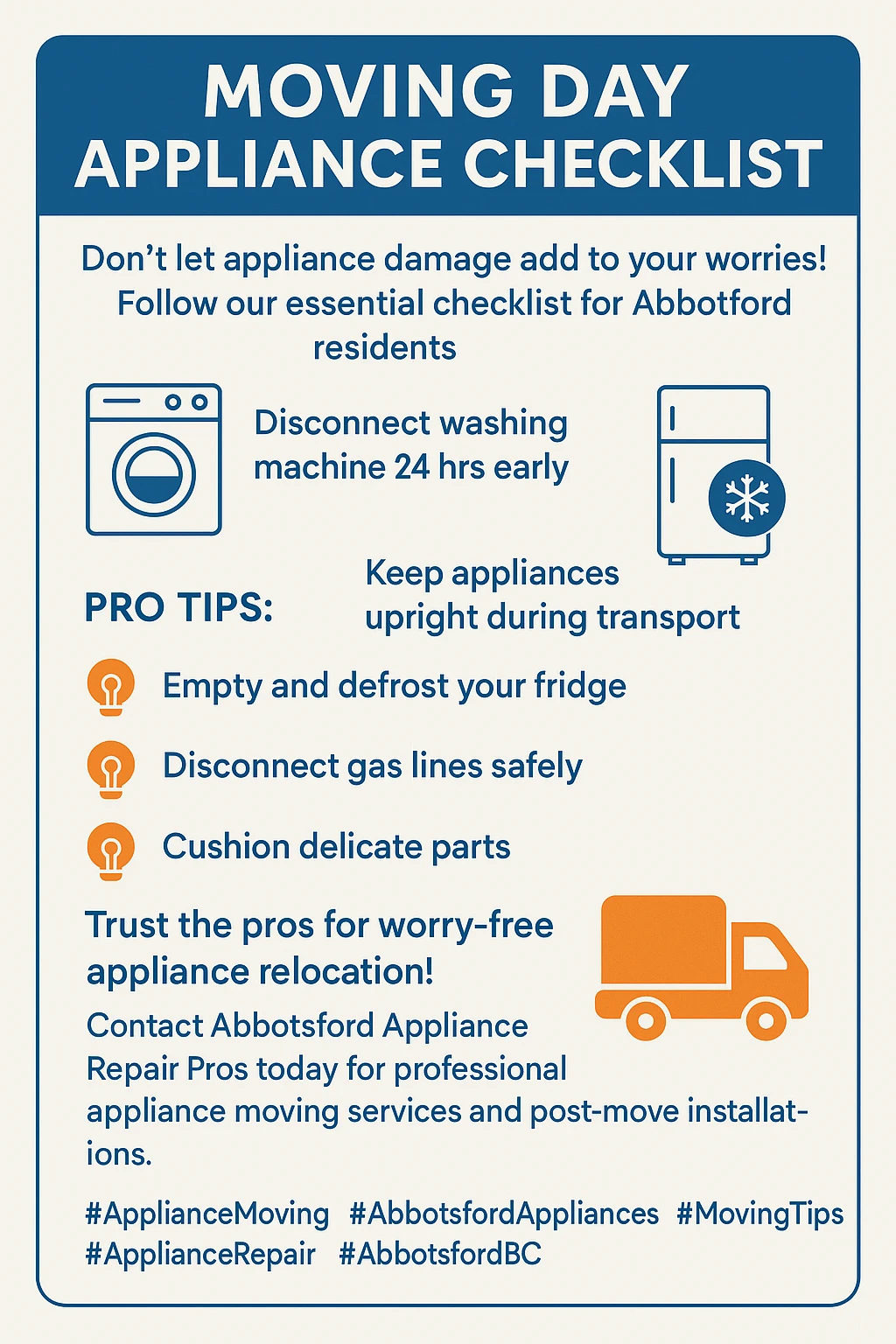
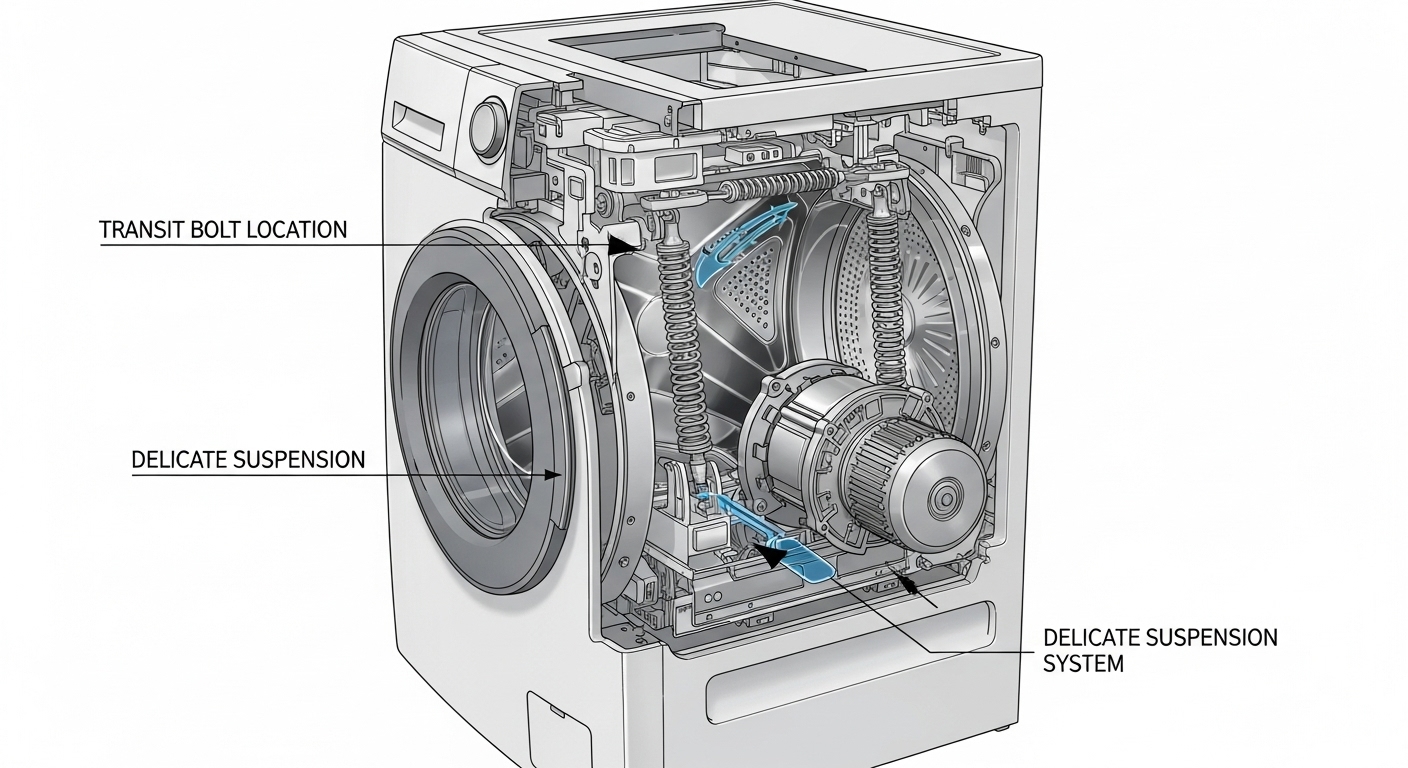
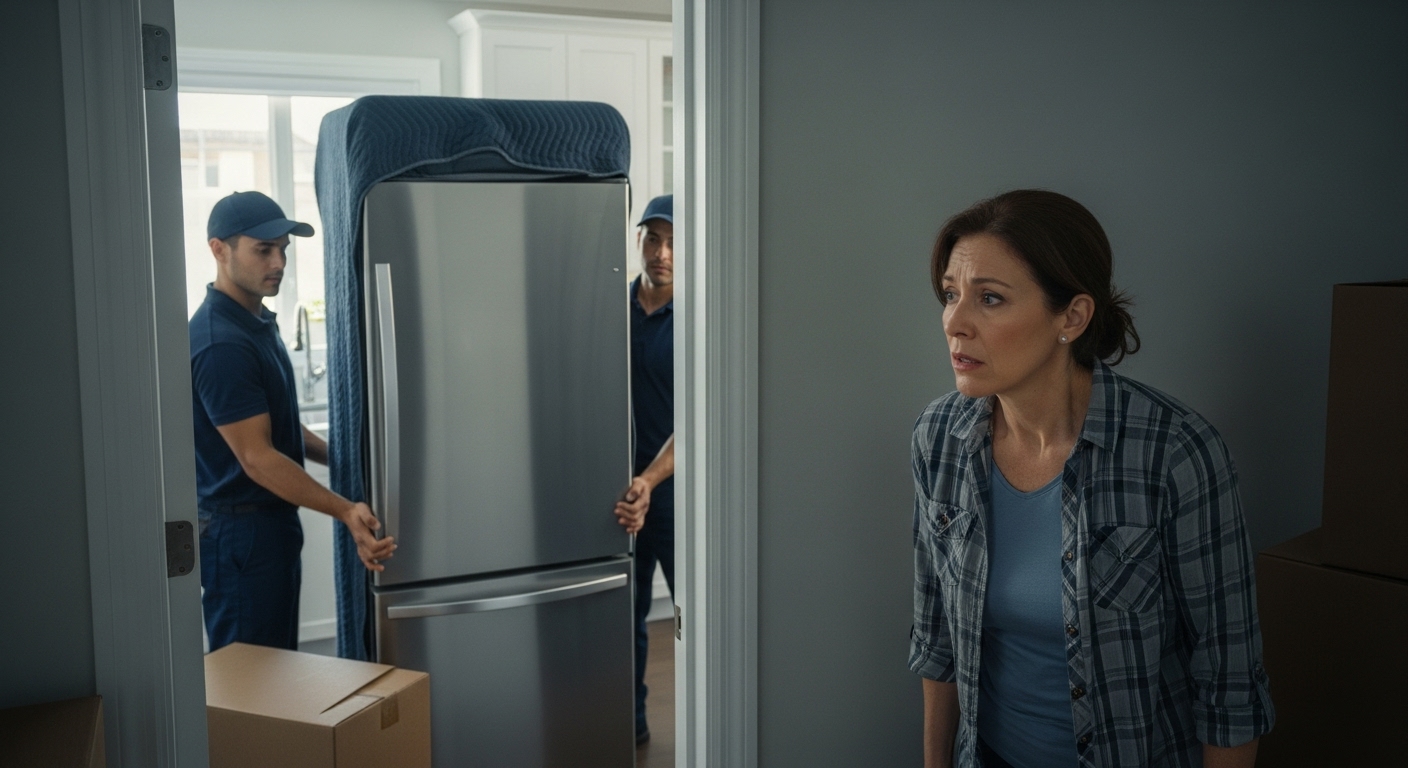
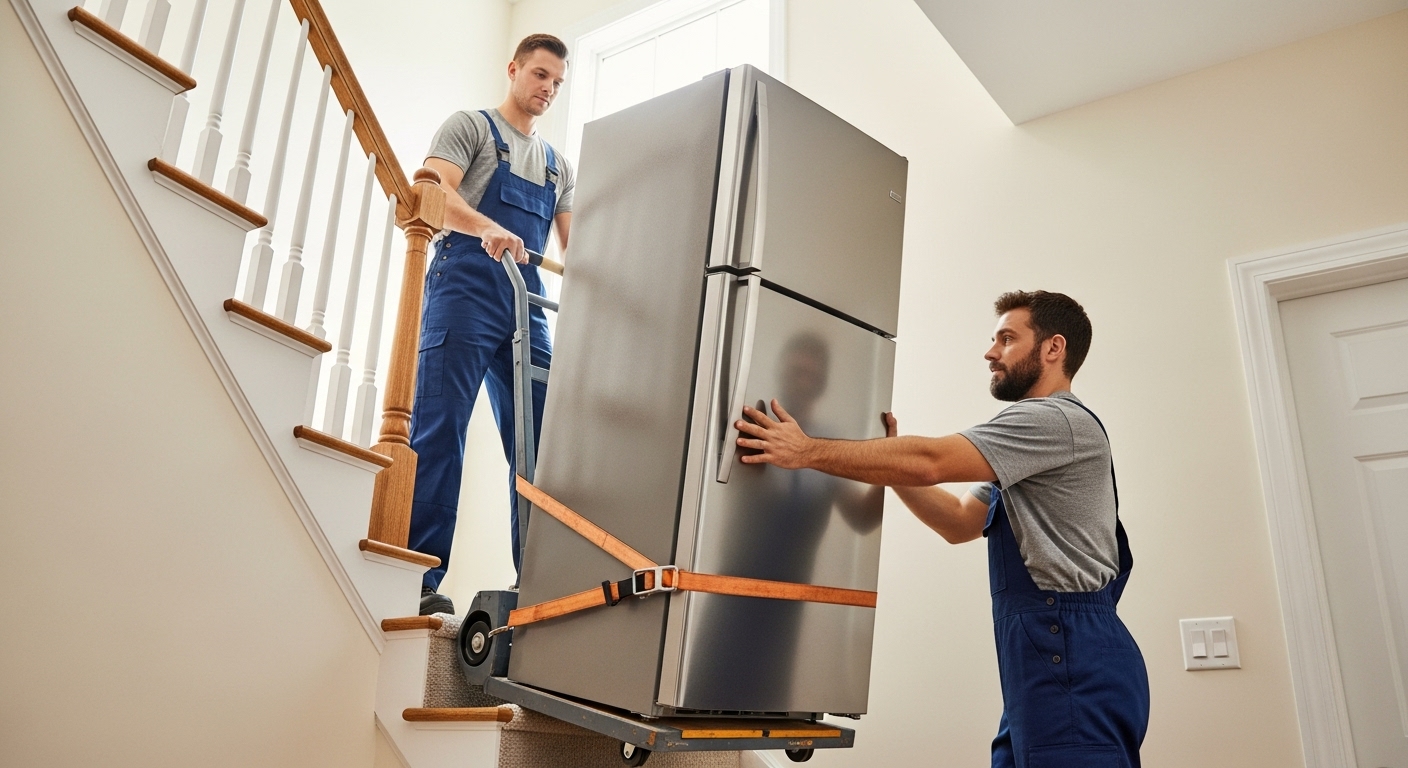 A quality appliance dolly will run you around $100-200 to buy or $30-50 per day to rent. But here’s the thing –
A quality appliance dolly will run you around $100-200 to buy or $30-50 per day to rent. But here’s the thing – 

